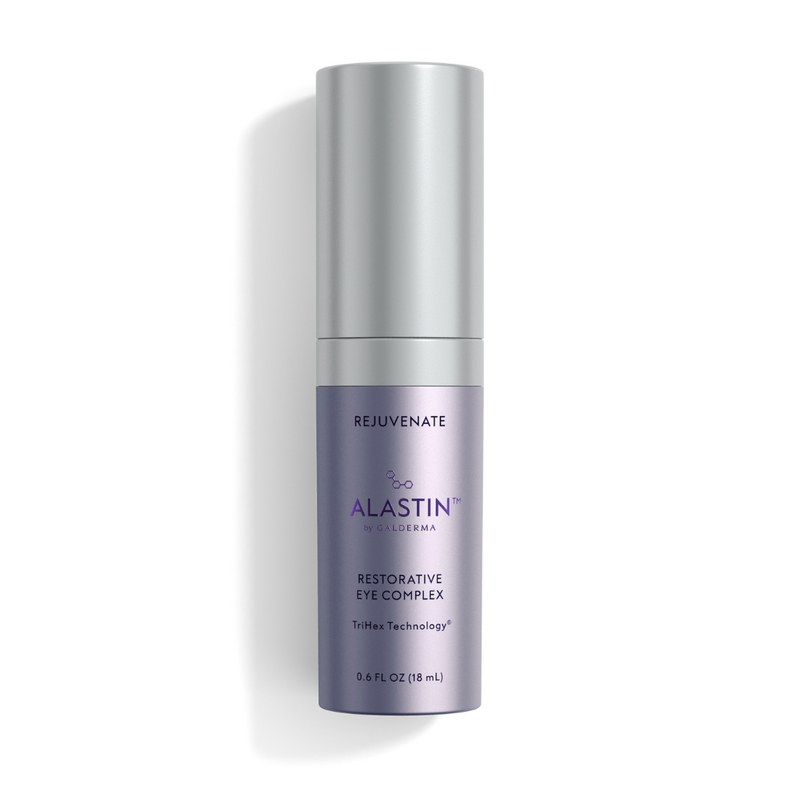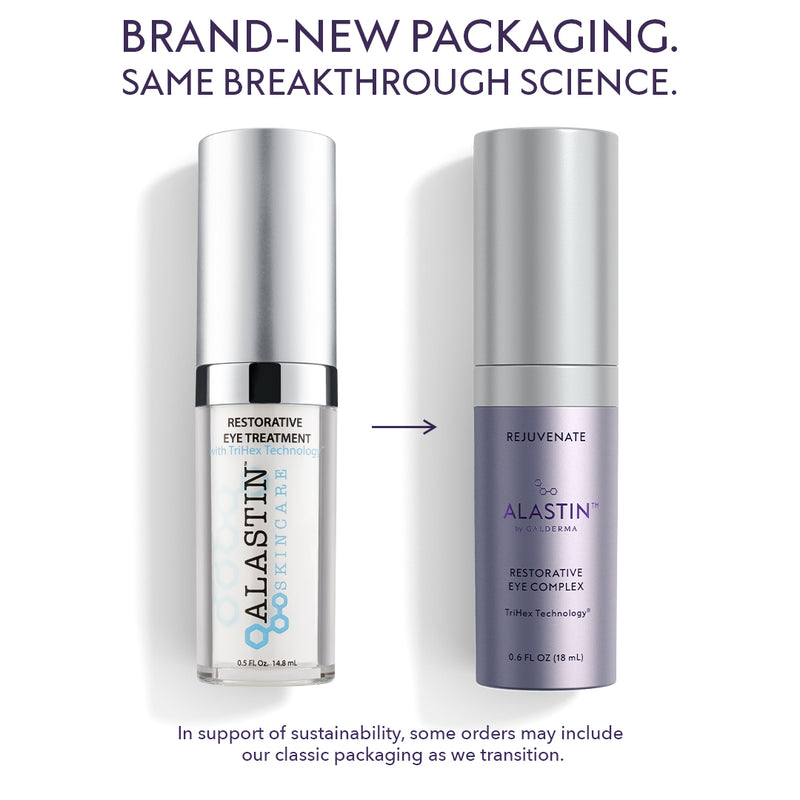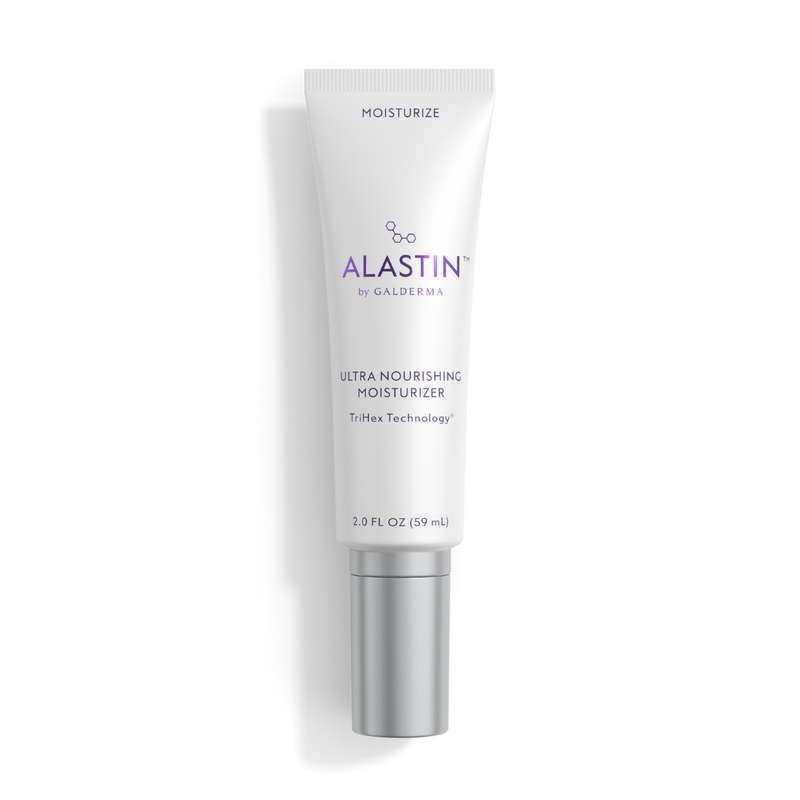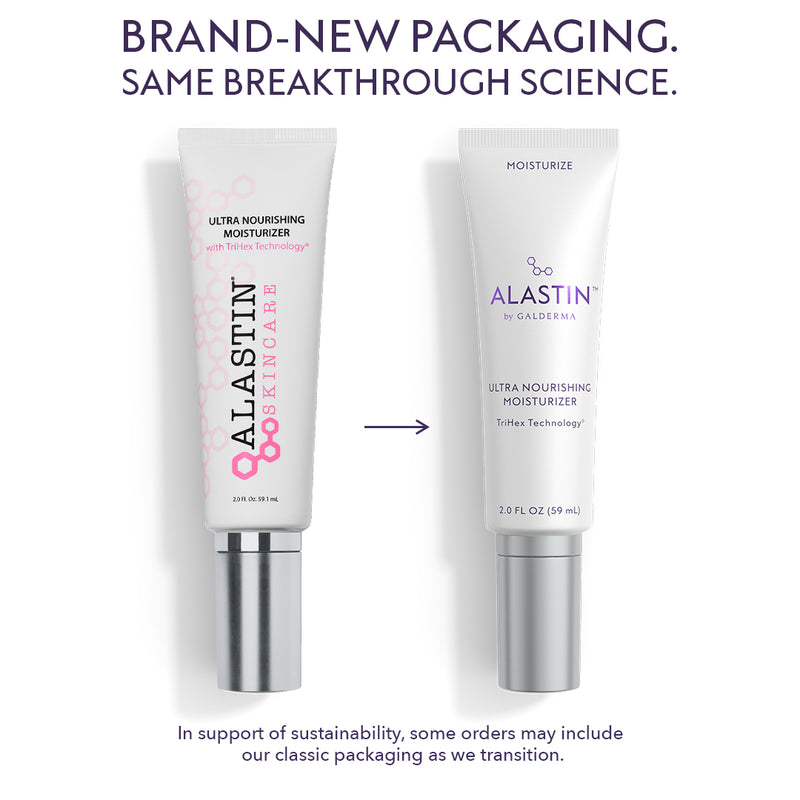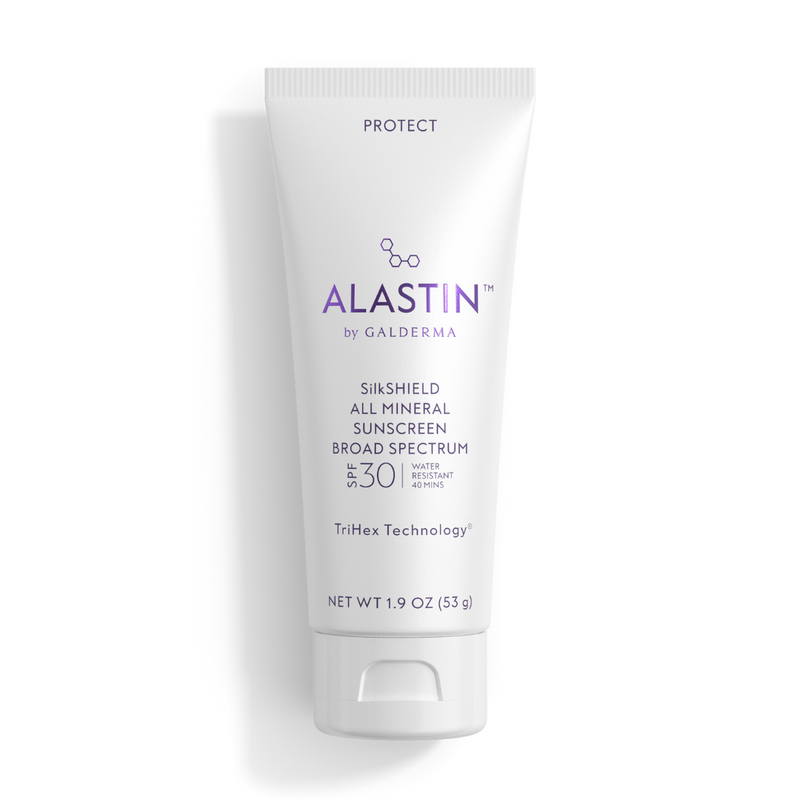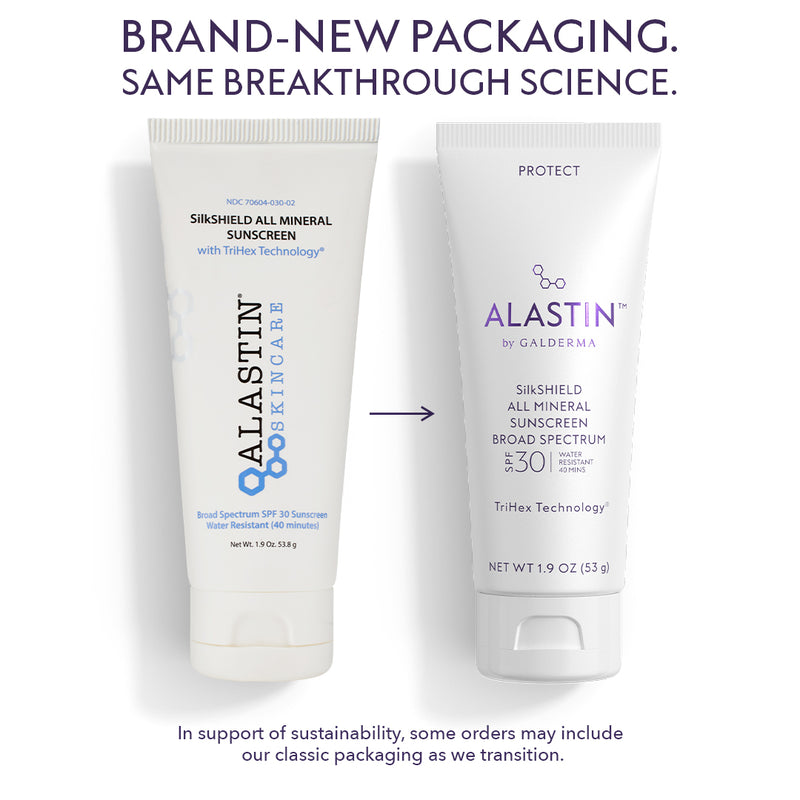You have no items in your bag
How to Get Rid of Crow's Feet

Crow's Feet Quick Links:
Just like gray hairs and developing a sixth sense for when the kids are up to no good, crow’s feet are another part of becoming older and wiser. But sometimes, you may look in the mirror and wonder, “I wouldn’t mind being this wise and looking a little less old.”
And in that regard, we’re all birds of a feather.
This guide will help you understand crow’s feet causes, prevention methods, and treatments.
What Are Crow’s Feet?
Crow’s feet are the delicate lines and facial wrinkles around the eye area.
You may notice lines or a wrinkle around your eyes when you smile in the mirror, but then those lines disappear when your face relaxes. That’s because crow’s feet, and most wrinkles, can be divided into two types, dynamic and static1.
What Causes Crow’s Feet?
Aging
It’s unfortunate, but it’s true—the longer you’re on this earth, the more likely you are to show signs of aging (like crow’s feet). That’s because, over time, the skin’s elastin and collagen production decrease. Elastin is a natural compound produced by the body that keeps your skin stretchy, while collagen keeps your skin plump.

Without those plumping and stretching ingredients, aging skin thins, droops, and wrinkles.
But why are crow’s feet one of the first signs of aging? Because the skin around the eye is 40% thinner than the skin on the rest of your face.
Every gesture of your face, every blink, every laugh, every humongous grin crinkles up the corners of your eyes. And after years, those expressive moments—and the creases they cause—make an impression.
Free Radicals
Free radicals aren’t a cool rock band from the 70s. They’re unstable molecules that cause damage to other cells. These molecules try to stabilize themselves by bonding with other molecules or atoms and snagging an extra electron. This creates what’s called “oxidative stress” in your cellular system, which can damage the support systems that keep your skin taut and plump2.
Think of free radicals like hungry toddlers with empty plates at snack time.
These cranky kids will probably wander over to toddlers with snacks—your healthy cells— and gobble what they can—electrons. But that just creates more cranky toddlers, and before you know it, you have a fleet of grumpy babies wreaking havoc in your house.
Here are the major sources of free radicals in your day-to-day life:
-
The sun – Radiation causes free radicals, and the sun is the most significant source of radiation on the planet or technically near the planet. Damaging UV rays can create a wild horde of free radicals loose in your cells, expediting signs of aging.
- Eating too many highly processed foods – Preservatives found in processed foods can lead to the production of free radicals in your body. You’ll find high amounts of free radical-causing preservatives in the following foods:
- Processed meat like bacon, sausages, and salami
- Refined sugars or carbs
- Processed snack foods
- Alcohol – Excessive alcohol consumption can lead to free radical production in the body and signs of aging.
Don’t worry, an occasional happy hour won’t kill you, or your skin. Drinking moderately is fine. The CDC defines moderate alcohol consumption as 1 drink per day for women and up to 2 drinks per day for men3. Plus, red wine has free-radical fighting antioxidants, so consider this a ( fake) doctor’s note for a nightly Pinot Noir.
How to Prevent Crow’s Feet
There are plenty of effective ways to prevent crow’s feet and none of them include not smiling or laughing.
Try these prevention methods to help thicken, strengthen, and protect the skin around your eye:
- Use sunscreen – SPF: it’s simple, but it’s superpowered. Sunscreen protects your skin from sun exposure and the sun’s damaging UV rays. Look for a tinted SPF 30+ sunscreen and be sure to apply gently around the eyes. Don’t forget to reapply throughout the day and make it part of your daily skin care routine!
- Apply moisturizer – The delicate skin of your eye needs special attention. Moisturizer helps lock in hydration and supports your skin’s elastin and collagen production. It can also strengthen and thicken the thin eye skin to help with under eye wrinkles. We recommend our Ultra Nourishing Moisturizer with TriHex Technology®.

- Wear sunglasses – Sunglasses with UV protection can add another layer of protection for your eyes. Plus, sunglasses never go out of style.
How to Get Rid of Crow’s Feet
You can find the best treatment for crow’s feet4 wrinkles right here:
- ALASTIN’s Restorative Eye Treatment – Our Restorative Eye Treatment with TriHex Technology® clears out damaged elastin and collagen skin cells and helps your skin produce shiny new elastin and collagen. It’s your one stop shop to help reduce crow’s feet and fine lines, all in one powerful package.

Our Restorative Eye Treatment won Best Anti-Aging Eye Cream in InStyle’s 2020 Best Beauty Awards5 two years in a row. It has also been recommended by Dr. Onyeka Obioha, MD, a board-certified dermatologist in Los Angeles as well as dermatologists on whowhatwear.com.
- Botox – Botox injections are a treatment that gets tossed around beauty salon waiting rooms, dermatologist offices, and skincare blogs, but what is it? In short, it’s a neurotoxin treatment. Botox is a protein derived from botulinum toxin, the same toxin that causes botulism6. But when used correctly by a medical professional, Botox can help reduce wrinkles and fine lines around the eyes. (Please do not DIY your botox injection).

A small injection of Botox near the eyes relaxes the muscles around the eye area. This prevents the muscles from contracting and reduces the appearance of wrinkles. But the wrinkles won’t go away forever—Botox needs to be re-injected every few months.
-
Fillers – Hyaluronic Acid helps plump up the skin around the eyes to smooth out wrinkles and fine lines of crow’s feet. Hyaluronic Acid dermal fillers are injectable fillers that can reintroduce plumpness around your eyes.
-
Microneedling – Microneedling has taken the beauty scene by storm, and for a good reason. These tiny needles encourage blood platelets to produce hormones and growth compounds, jumpstarting your skin’s collagen and elastin production. After multiple sessions, patients can see reduced fine lines around their eye area.
-
Facial Acupuncture – Beauty acupuncture stimulates collagen and elastin production painlessly to create stronger, firmer skin around your eye area. There’s no downtime. This practice can also improve microcirculation to help reduce puffiness and discolored skin.
- Lasers – Lasers aren’t just used in Lost in Space anymore—they’re for renewing skin and feeling beautiful. Laser treatments can resurface your skin, eliminating the older layers and dead skin cells while allowing for the fresh new skin to shine through.
Your newer skin layers have more elastin and collagen, resulting in firmer, plumper skin around the eye.
But be warned, laser treatments aren’t always painless. Some have compared the laser treatment to having a rubber band snapped against the skin over and over again. Read our blog on how to take care of your face after laser treatments if you’re interested in this treatment method.
Renew Your Skin with ALASTIN
Your crow lines are signs of a life well-lived. It’s a record of your smiles, your laughs, your highs, and your lows. Each line is evidence of your life, one full of joy and expression. But would we like to look as joyous as those years were? Of course! And for that, you have ALASTIN Skincare.
Our science-backed skin solutions can help you shed the signs of aging. With revolutionary TriHex Technology®, your skincare routine can reveal the glowing goddess within.
Sources:
- Osborn, Corinne, and Cynthia Cobb. “Crow's Feet: Treatment, Prevention, Cover-up, and More.” Healthline, Healthline Media, 20 June 2051, www.healthline.com/health/beauty-skin-care/crows-feet.
- Poljšak, Borut, and Raja Dahmane. “Free Radicals and Extrinsic Skin Aging.” Dermatology Research and Practice, Hindawi Publishing Corporation, 2012, www.ncbi.nlm.nih.gov/pmc/articles/PMC3299230/.
- “Alcohol Questions and Answers.” Centers for Disease Control and Prevention, Centers for Disease Control and Prevention, 15 Jan. 2020, www.cdc.gov/alcohol/faqs.htm.
- Hall, Victoria. “#SkinSchool: 'Crow's Feet' Causes and Treatments.” Harper's BAZAAR, Harper's BAZAAR, 27 Mar. 2019, www.harpersbazaar.com/uk/beauty/skincare/a34611/beauty-sos-how-to-get-rid-of-crows-feet/.
- Giesey, Adelaide, and Angelique Serrano. “InStyle Best Beauty Buys 2020:163 Best Beauty Products to Shop.” InStyle, 2020, www.instyle.com/best-beauty-buys/best-hair-beauty-products-2020.
- Hannan, Catherine, and Hannah Nichols. “Botox: Side Effects, Function, Uses, Procedure, and More.” Medical News Today, MediLexicon International, 24 Feb. 2020, www.medicalnewstoday.com/articles/158647.
- Center for Disease Control. Frequently Asked Questions About Alcohol. https://www.cdc.gov/alcohol/faqs.htm#:~:text=The%20Dietary%20Guidelines%20also%20recommend,start%20drinking%20for%20any%20reason.
- Healthline. Treating, Concealing, and Preventing Crow’s Feet. https://www.healthline.com/health/beauty-skin-care/crows-feet.
- US National Library of Medicine. Free Radicals and Extrinsic Skin Aging. https://www.ncbi.nlm.nih.gov/pmc/articles/PMC3299230/.
$128.00
$98.00
$78.00


